Main Second Level Navigation
- Welcome
- Why Toronto?
- History of the Department
- Vision & Strategic Priorities
- Our Leadership
- Our Support Staff
- Location & Contact
- Departmental Committees
- Department of Medicine Prizes & Awards
- Department of Medicine Resident Awards
- Department of Medicine: Self-Study Report (2013 - 2018)
- Department of Medicine: Self-Study Report (2018 - 2023)
- Communication Resources
- News
- Events
History of the Department
Sir John and Lady Eaton Professor of Medicine and Chair
The first full-time Chair of Clinical Medicine in the British Empire was established in the University of Toronto in 1919 through benefaction of Sir John and Lady Eaton

At the beginning of the 20th century, students in Canadian medical schools were taught to practice medicine through careful observation of patients, aided only by a few simple and usually crude laboratory tests. The systematic study of disease, rather than patients, was conducted by a mere handful of ill-equipped scientists working in a few isolated laboratories.
The shift in emphasis from observation and description to scientific study was strongly stimulated in North America by the Flexner Report of 1910 that deplored the virtual absence at most medical schools of research based on scientific methods and of full-time clinical faculty members.
When the Flexner Report was published, its recommendations were enthusiastically accepted by Dr. William Goldie, a member of the Department of Medicine and a highly respected clinician at Toronto General Hospital. In particular, Dr. Goldie became a strong advocate of the system of full-time clinical appointments that had been proposed by Flexner. He appears to have had little difficulty in persuading the President of the University, Robert Falconer, and the Chairman of the Board of Directors of Toronto General Hospital, Sir Joseph Flavelle, of the need for a full-time Professor of Medicine.
Dr. Goldie also realized the need for philanthropic support to facilitate the appointment of such a full-time Professor and to propel the medical school into the era of scientific medicine. In 1918 he was able to persuade his patients, Sir John and Lady Eaton, to donate $500,000 to create the first endowed Chair at the University of Toronto, and the first full-time Chair in Clinical Medicine in what was then the British Empire. The following is a thumbnail sketch of the evolution of the Department of Medicine during the tenure of each of the incumbents of the Eaton Chair.
* excerpts from Duncan Graham: Medical Reformer and Educator, Associated Medical Services Inc / The Hannah Institute for the History of Medicine, Toronto, 1989, with permission.
Former Chairs of Medicine
Duncan A. Graham, 1919 – 1947

Following an extensive international search, Duncan Graham was appointed the first Sir John and Lady Eaton Professor of Medicine, Chair of the Department of Medicine, and Physician-in-Chief at the Toronto General Hospital. Dr. Graham received his medical degree from the University of Toronto in 1905, and then undertook six years of postgraduate training (highly unusual at the time) in bacteriology, pathology, and medicine, in Toronto, Pittsburgh, England, and Germany. Within ten years of graduation from medical school, he had published 15 papers on topics related to tuberculosis, syphilis, poliomyelitis, and hematology, and thus, at a relatively young age, had established an international reputation as a medical scientist.
From the moment of his appointment to the Eaton Chair, Dr. Graham began to convert the Department of Medicine into a training ground for medical scientists that was to profoundly influence medical education throughout Canada. He began by ridding the Department of those who were unsuited to the implementation of his vision and appointing four full-time clinicians as Ward Supervisors at Toronto General Hospital. He then reorganized undergraduate medical teaching by segregating patients on these four services according to diagnoses, thus ensuring that students were taught by teachers with particular interests and knowledge. He also appointed five clinicians with qualifications in laboratory methods, and introduced into the medical curriculum instruction in laboratory techniques, which to him was the bedrock of clinical teaching and practice.
Dr. Graham then set in place a program for postgraduate training of medical specialists that became a model for the future Royal College of Physicians and Surgeons. The program was of four or five year’s duration, and had to include at least one year in basic science. The best trainees who completed this program were then eligible for appointment to the Department’s full-time faculty, with a university salary that allowed them to be heavily engaged in research and teaching and to supervise patients on the teaching wards. Following three to five years in these positions, the junior faculty members reverted to “part-time” status, with a reduced stipend, and were allowed to develop a private practice, with the expectation (usually correct) that they would continue to be active in research and other scholarly work.
During Dr. Graham’s tenure as Department Chair, some 130 physicians underwent postgraduate training in Internal Medicine or one of its subspecialties. Of these, many went on to academic positions in Canada and the United States, thus extending Dr. Graham’s influence to medical schools across the country. Within 20 years of his appointment, publications in learned journals by members of the Department had doubled from 20 to 40 per year. By the time Dr. Graham stepped down as Chair in 1947, the Department of Medicine at the University of Toronto was firmly established as one of the outstanding departments in North America.
* excerpts from Duncan Graham: Medical Reformer and Educator, Associated Medical Services Inc / The Hannah Institute for the History of Medicine, Toronto, 1989, with permission.
Ray F. Farquharson, 1947-1960
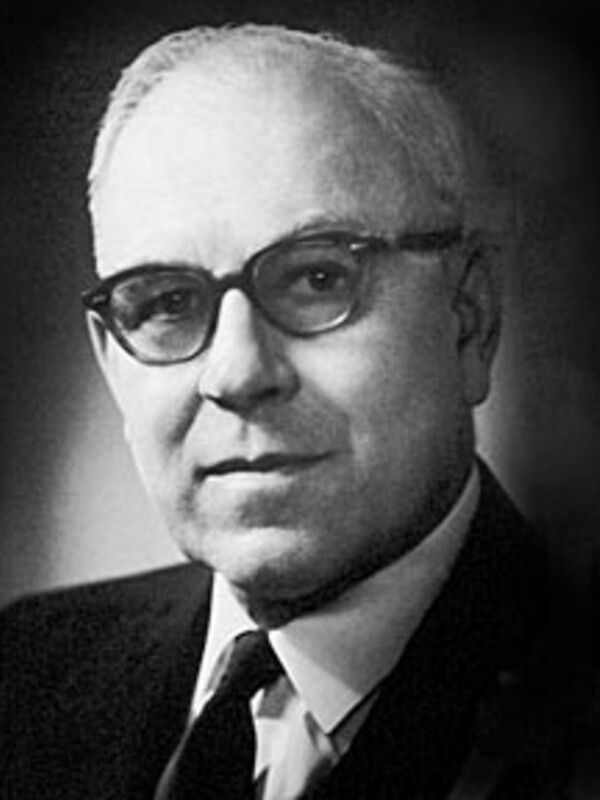
In 1947 Ray Farquharson succeeded Duncan Graham as Chair of the Department and Physician-in-Chief at Toronto General Hospital. Dr. Farquharson received his M.D. from the University of Toronto in 1917, and following medical residency at Toronto General Hospital, pursued research training in the clinical investigation unit of the Massachusetts General Hospital, the first such unit in North America. While there, he developed lasting friendships with several of the leaders of American academic medicine, whom he was later able to call upon to provide research training for many University of Toronto medical residents.
Dr. Farquharson was actively involved in clinical investigation throughout his academic career, and established one of the first clinical research wards in Canada (later known as the Farquharson Investigation Unit of Toronto General Hospital). Under his leadership, medical teaching expanded at St. Michael’s Hospital and Toronto Western Hospital, and new clinical teaching units were established at Sunnybrook Hospital, Women’s College Hospital, and what was then the Wellesley Division of Toronto General Hospital. The faculty of the Department of Medicine increased from 40 to nearly 100 members, about ten of whom were full-time clinical investigators, the first such appointments in the medical school.
In 1960 Dr. Farquharson stepped down as Chair of the Department of Medicine, and became the first Chair of the Medical Research Council of Canada, in the creation of which he had played a major role.
Keith J. R. Wightman, 1960-1970

Keith Wightman (commonly known as “Kager”) graduated from the Faculty of Medicine, University of Toronto, in 1937, and pursued postgraduate training in England and Toronto. Following service in the Royal Canadian Army Medical Corps, he returned to an academic appointment in Toronto in 1946, and in 1960 was appointed Chair of the Department of Medicine and Physician-in-Chief at Toronto General Hospital. Dr. Wightman was known as an outstanding consultant and teacher and a staunch supporter of rational and scientific medicine. A “year with Kager” as a fellow or resident was one of the most sought after training posts in the country.
When Dr. Wightman became Chair of the Department, its faculty still consisted largely of part-time private practitioners. As Chair, Dr. Wightman laid the groundwork for a large geographic full-time faculty, and was able to accumulate a very substantial university budget for the Department that allowed protection of faculty time and the pursuit of academic activities on a relatively large scale. By the end of his term as Chair, there were over 100 full-time members in the Department. As part of this expansion, Mount Sinai Hospital, Sunnybrook Hospital, and Women’s College Hospital became fully affiliated teaching hospitals, and Princess Margaret Hospital was incorporated into postgraduate training in Internal Medicine.
In parallel with physical expansion and decentralization of the Department, there was a dramatic increase in the number of postgraduate training positions. By the end of the 1960’s the Department accommodated over 180 residency positions, and for the first time, a Director of Postgraduate Education was appointed to supervise and evaluate the General Internal Medicine program throughout the city.
Dr. Wightman also appointed a cohort of family physicians to the Department, and in 1969 a fully independent Department of Family and Community Medicine was spun off from the Department of Medicine, the first such department in Canada. In a similar manner, psychiatric services, which had been part of the Department of Medicine in the general hospitals, devolved to an independent Department of Psychiatry.
Charles H. Hollenberg, 1970-1981
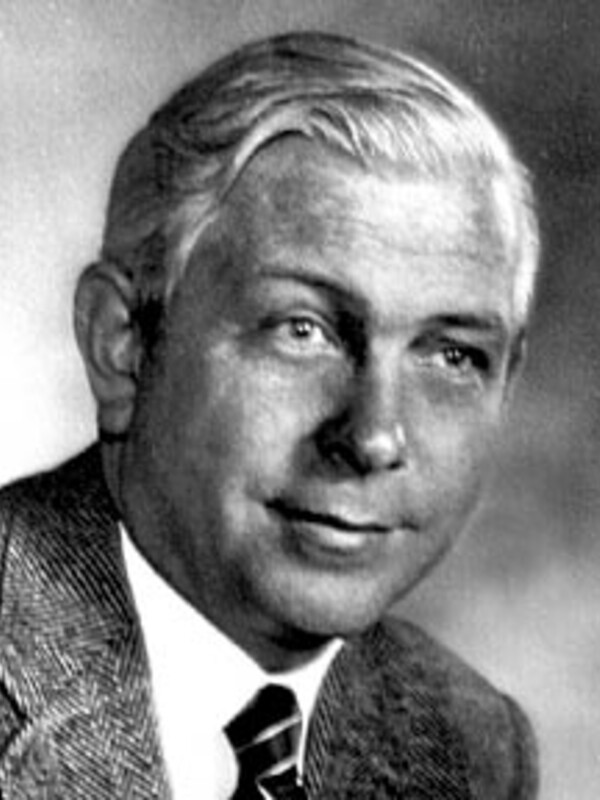
In 1970 Charles Hollenberg succeeded Kager Wightman as Chair of the Department and Physician-in-Chief at Toronto General Hospital. Dr. Hollenberg had received his M.D. from the University of Manitoba in 1955, followed by postgraduate training in Internal Medicine at McGill University and research training in adipose tissue biology at Tufts University. Prior to his appointment in Toronto, Dr. Hollenberg was a Professor of Medicine at McGill University and a senior physician at Montreal General Hospital.
Dr. Hollenberg’s appointment as Chair was a defining event in the history of the Department and of the University of Toronto. During his tenure, he transformed the Department into one of flourishing scientific investigation by recruiting to the Department a large cohort of well-trained clinician-scientists. This development was facilitated by the substantial university budget that had been accumulated by Dr. Wightman, and by completion of the Medical Sciences Building in 1970, which provided the Department with excellent research laboratories. Dr. Hollenberg also introduced clinical practice plans within the hospital Departments of Medicine that supported the development of strong academic programs. These initiatives resulted in significant enhancement of the Department’s research funding, such that by the end of the 1980’s, the Department had become one of the strongest research-based clinical departments in Canada and internationally.
The recruitment of clinician-scientists with specialized clinical and research skills also facilitated the reorganization of the Department’s postgraduate training program so as to place considerably greater emphasis on the medical subspecialties. Coordinators were appointed for each of the subspecialty training programs; forerunners of the subspecialty Division Directors that were to follow later. The development of the subspecialty disciplines and their training programs at the University of Toronto impacted forcefully on evolution of the medical subspecialties at the national level.
Gerard N. Burrow, 1981-1988
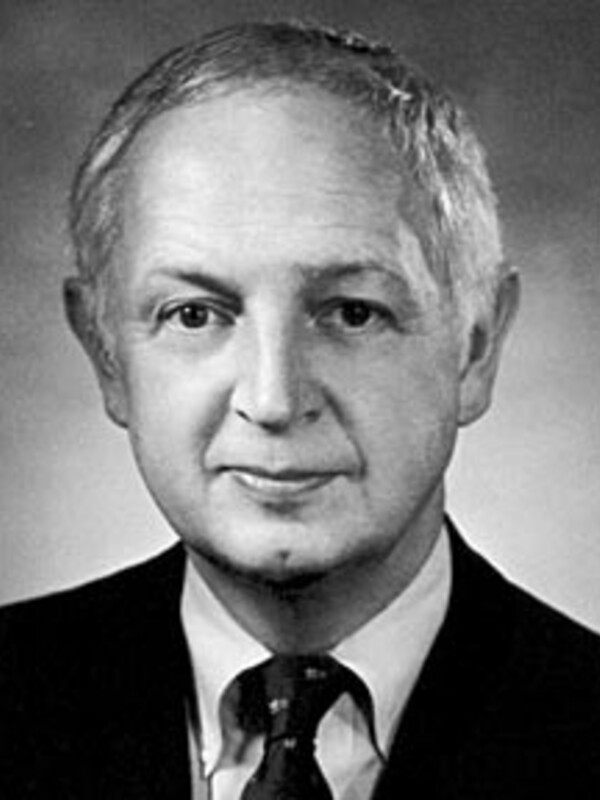
Gerard Burrow, a 1958 graduate of Yale University School of Medicine, was recruited to the Department of Medicine in 1976 as Head of the Division of Endocrinology-Metabolism at Toronto General Hospital. In 1988 he was appointed Chair of the Department and Physician-in-Chief at Toronto General Hospital.
The decade of the 1980’s was one of consolidation within the Department, and within the broader Toronto hospital system, with the most far-reaching change being the 1986 merger of the Toronto General and Toronto Western Hospitals to create The Toronto Hospital. This development led to discussions of further hospital mergers, which quickly became one of the most contentious and time-consuming issues of the day.
At the same time, however, the research enterprise of the Department continued to expand in size and scope, and was further enhanced by the creation of hospital-based research institutes. Several cross-departmental programs were also developed or expanded, including those in Clinical Epidemiology, Transplantation, and Oncology.
The scope of change in Toronto academic medicine in the 1980’s mandated that the Department undertake a strategic planning process to define its future directions. This process was set in place by Dr. Burrow in 1986. It resulted in development of the concept of areas of concentration, and accelerated the appointment of Division Directors for each of the subspecialties and investing in them authority and accountability for the planning and delivery of citywide programs. A strong Departmental research committee was formed, and subspecialty training programs began to emphasize research exposure for their trainees. In addition, a full-time education specialist was recruited to the Department, and excellence in teaching came to be recognized as a pathway to academic promotion.
Dr. Burrow stepped down as Chair of the Department in 1988, and Dr. Kenneth Shumak assumed the role of Acting Chair for the next 18 months.
Arnold Aberman, 1989-1992
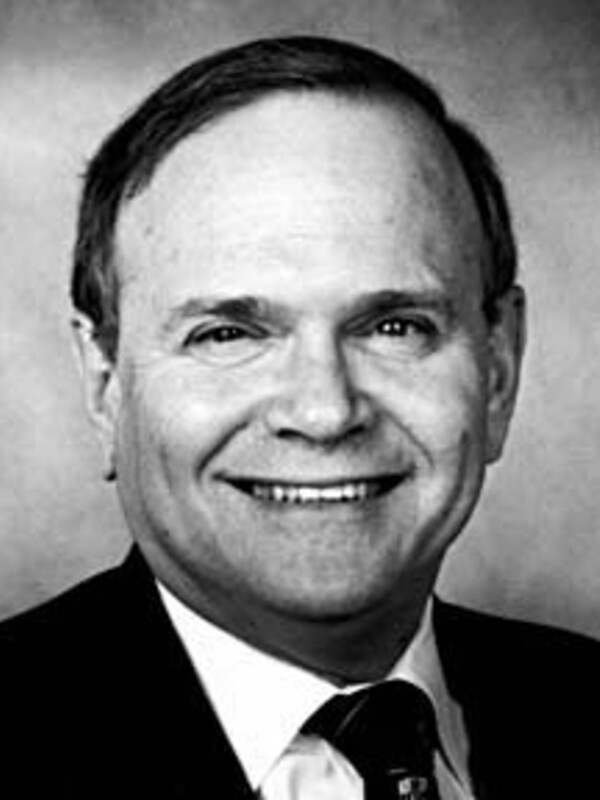
Arnold Aberman received his M.D. from McGill University in 1967, followed by postgraduate training in Internal Medicine, Respirology, and Critical Care at McGill, Albert Einstein College of Medicine, University of California San Francisco, and University of Southern California. In 1973 he was recruited to Toronto as Director of the Intensive Care Unit at Mount Sinai Hospital, where he later served as Physician-in-Chief from 1977-87. In 1989, Dr. Aberman was appointed Chair of the Department of Medicine and Physician-in-Chief at The Toronto Hospital, the first Physician-in-Chief of the combined Toronto General and Toronto Western Departments of Medicine.
Dr. Aberman’s major mandate was to merge the two hospital departments clinically, academically, administratively, and financially. The process was completed by early 1992, and the success of the merger served as a model for further hospital mergers that were to follow in the mid-1990’s.
While merging the two departments, Dr. Aberman also began the process of changing the relationship of the seven hospital Departments of Medicine and the University Department from a federation to a more centralized and cohesive university department. An Executive Committee composed of all Physicians-in-Chief was created, the Division Directors were given increased authority, the Departmental budget was placed more firmly under the control of the Chair, and steps were initiated to create a single Internal Medicine training program. However, in December, 1992, before many of these changes could be implemented, Dr. Aberman was appointed Dean of the Faculty of Medicine, the first Chair of the Department of Medicine to serve in this position.
Eliot A. Phillipson, 1993 – 2004
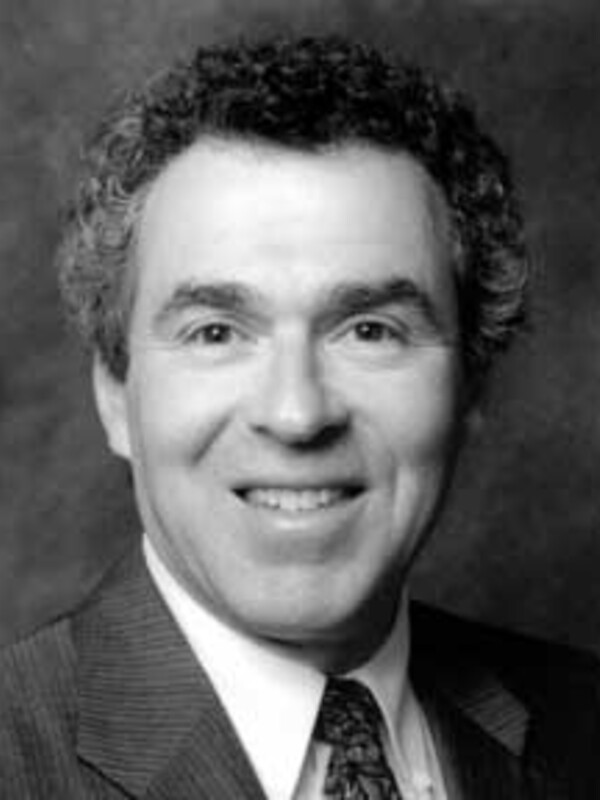
Eliot Phillipson received his M.D. from the University of Alberta in 1963, and following postgraduate training in Internal Medicine, he undertook research training at the Cardiovascular Research Institute, University of California San Francisco. In 1971 he was recruited by Charles Hollenberg to the University of Toronto as a clinician-scientist, with a research focus in the regulation of respiration. From 1987-97 Dr. Phillipson served as Physician-in-Chief at Mount Sinai Hospital, and in 1992 was appointed Acting Chair of the Department of Medicine when Arnold Aberman stepped down to become Dean. Nine months later he was appointed Chair of the Department, a position he held until June, 2004.
During Dr. Phillipson’s tenure as Chair, further hospital restructuring in Toronto resulted in the absorption of the Wellesley Hospital by St. Michael’s Hospital, the merging of Sunnybrook and Women’s College Hospitals into Sunnybrook and Women’s College Health Sciences Centre, and the merging of The Toronto Hospital and Princess Margaret Hospital to create the University Health Network. Despite these changes, the Department’s full-time faculty has continued to expand to its current complement of over 400 members, half of whom have been appointed within the past ten years. Research funding in the Department has doubled from $30 million to over $60 million annually, with over 40 members of the Department holding external career support awards.
In the education domain, the Core Training Program in Internal Medicine, which currently accommodates 165 trainees (with another 165 trainees and 136 fellows in subspecialty programs), has been transformed from a hospital-based to a university-based program, a central element of which are 20 general medicine Clinical Teaching Units. The profile of continuing education has been enhanced considerably by establishment of a Continuing Education Directorate and office. Several initiatives have been implemented in the area of faculty development, including formal Clinician-Scientist, Clinician-Educator, and Master Teacher Training Programs. The development of specific job descriptions that differentiate the various career tracts of members of the Department has facilitated academic promotion on the basis of research, teaching, or creative professional activity.
Wendy Levinson, MD, 2004 – 2014
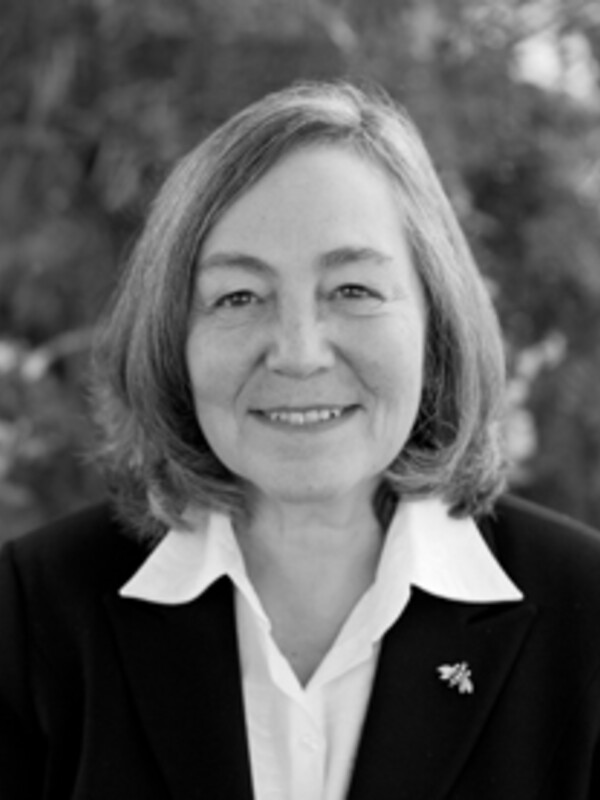
Dr. Levinson, a board certified internist, received her MD from McMaster University. She completed her internal medicine training at McGill followed by completing the Robert Wood Johnson Clinical Scholars program. She was on faculty at the Oregon Health Sciences University in Portland Oregon and then became head of the division of general medicine and geriatrics at the University of Chicago in 1997. Over this time, Dr. Levinson established herself as a national and international expert in the field of physician-patient communication and, in particular, on informed decision making and the disclosure of medical errors to patients. In 2001, Dr. Levinson was recruited to the University of Toronto by the Chair, Dr. Eliot Phillipson, to serve as Vice Chair of the Department. In 2004, she was appointed the first female Chair of the Department of Medicine at the University of Toronto, and held this position until June 2014. During her tenure as Chair, she served in multiple additional leadership roles, including Chair of the American Board of Internal Medicine (ABIM) Board of Directors, Board member of the ABIM Foundation Board of Trustees, Chair of the Canadian Association of Professors of Medicine (CAPM), and Chair of the Association of Professors of Medicine (APM) in the United States.
Dr. Levinson’s tenure as Chair, Department of Medicine (DOM), at the University of Toronto is marked with many important milestones and accomplishments. Under her leadership, the Department developed a strategic planning process and embedded the strategic foci of quality and patient safety and educational scholarship across the Department’s Divisions. She was a champion for faculty development. Dr. Levinson oversaw the establishment of a merit system to allocate Department funds, as well as led advancement efforts to fundraise for endowed chairs. Dr. Levinson and her team also implemented many innovative granting opportunities including the Department of Medicine Challenge grants. These were specifically initiated to develop research teams across the DOM Divisions and form collaborations outside of the DOM. Dr. Levinson has led efforts to educate and engage residents and faculty members in patient safety, quality improvement and the stewardship of finite resources. She has led many innovative projects to improve the organization of care including Building Bridges to Integrate Care (BRIDGES), an initiative to develop and test new models of care which link hospitals, primary care clinics and community services to provide comprehensive care to people with complex chronic disease. Most recently, she is leading Choosing Wisely Canada, a campaign to help physicians and patients engage in conversations about the overuse of tests and procedures and support physician efforts to help patients make smart and effective choices to ensure high quality care.
Gillian Hawker, MD, 2014 – 2024

Dr. Gillian Hawker is Professor of Medicine in the Division of Rheumatology and active staff in Rheumatology at Women’s College Hospital, where she is a clinician-scientist at the Women’s College Research Institute. She is a senior scientist at the Institute for Health Policy, Management and Evaluation and adjunct senior scientist at the Institute for Clinical Evaluative Sciences. In July 2014, she was appointed the Sir John and Lady Eaton Professor and Chair of the Department of Medicine at the University of Toronto (U of T).
Over the course of her academic career, Dr. Hawker has established a record of academic excellence in the field of osteoarthritis (OA) outcomes. A predominant theme of her research has been on appropriate use of joint replacement surgery for OA. Her work has been important in elucidating the roles of clinical need, patient preferences, gender and physician bias in determining rates of use of joint replacement. This work has underscored the need for validated criteria to define appropriate use for this surgery, which is the focus of a current CIHR-funded grant (2014-2019). Dr. Hawker has supervised numerous research trainees at the undergraduate, resident, and graduate levels and has served as a member of many academic and governmental advisory committees. Her research collaborations are wide, spanning many countries.
Dr. Hawker has published more than 230 peer reviewed articles and has received a number of honours and awards for her research. These include: the Canadian Rheumatology Association Distinguished Investigator Award in 2011; the Senior Distinguished Research Investigator Award from The Arthritis Society of Canada (2006-2011); the 2001 Medal for Medicine from the Royal College of Physicians and Surgeons of Canada; the Elizabeth Winston Lanier Kappa Delta Award for Outstanding Orthopaedic Research from the American Academy of Orthopaedic Surgeons in 2002; a Premier’s Research Excellence Award from the Ontario Ministry of Health in 2001. For her
continued contributions to osteoarthritis research, Dr. Hawker was honoured, in 2013, by The Arthritis Society of Canada with a Queen’s Jubilee Medal. In 2013, Dr. Hawker was also recognized for her contributions to mentorship with the Department of Medicine’s Robert Hyland Award for Excellence in Mentorship.
Dr. Hawker is a passionate advocate for improving arthritis care locally, nationally and internationally. She co-chaired the 2005 Summit to establish Canadian standards for arthritis prevention and care, was a founding member of the Arthritis Alliance of Canada, has served on the Board of the Osteoarthritis Research Society International, is former chair of the Quality of Care subcommittee on Classification and Response Criteria for the American College of Rheumatology and led the establishment of international criteria for rheumatoid arthritis in 2010-11.
From 2000 to 2006, Dr. Hawker served as director of the Clinical Epidemiology and Health Care Research Program in the Faculty of Medicine. As program director, she was integrally involved in the transition of the program from its status as an extra-departmental unit to a program within the Department of Health Administration, now IHPME. The program has been highly successful and remains to date the principle stream for graduate training of clinician-scientists in clinical epidemiology within the Department of Medicine. With the support of the University, one of the first doctoral programs in clinical epidemiology in North America was established at U of T. Upon de-amalgamation of Sunnybrook and Women’s College Hospital (WCH) in 2006, Dr. Hawker was appointed physician-in-chief (PIC) of medicine at Women’s College and the FM Hill Chair in Academic Women’s Medicine. WCH had been tasked by the provincial government to be a leader in innovative ambulatory care, research and education – and needed to build a firm foundation upon which to realize this future. Over her tenure as PIC (2006-2014), Dr. Hawker was instrumental in laying the foundation for innovative models of ambulatory care and education designed to keep patients with complex medical needs out of hospital.
